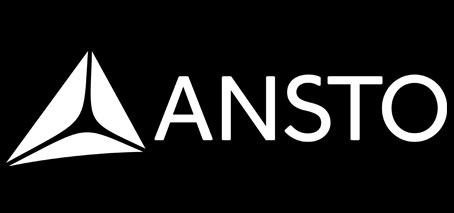ANSTO internship No. 2
- ANSTO Project supervisor : Zeljko Pastuovic
- Project duration: 3 months
- Nominal project commencement date: Flexible
2D materials have a range of applications in the semiconductor, photovoltaic and quantum computing sectors. Ultra-low energy implantation is an accelerator-based technique which enables precision surface-doping and modification of 2D materials. This capability is currently under development at ANSTO’s Centre for Accelerator Science (ANSTO).
ANSTO’s Centre for Accelerator Science is a national user facility supporting research and industry communities to explore the past, understand the present, and design for the future with a suite of capabilities and ion beam instrumentation that can help answer some of the most complex and exciting questions of today. From environment and climate studies to space technology testing and quantum materials fabrication, the Centre for Accelerator Science is fundamental for many of Australia’s science and research priorities and delivers sovereign capability for areas of national interest including nuclear security, environmental monitoring, and materials testing.
Surface engineering, materials modification and doping via ion beam implantation is a popular capability utilized for advanced materials development by semiconductor, photovoltaic and quantum computing communities. The next frontier for this capability is improved material doping, customized tuning and fabrication of nanostructures in novel 2D materials and advanced materials surfaces and sub-surfaces. This is achieved by enabling ultra-low energy implantation instrumentation.
The goals of this project will be to contribute to the development of the 10 kV high voltage stage for deceleration of low energy ions produced by the low-energy ion implanter (LEII) to energies in the ultra-low (electron volt-eV) energy range. The candidate will be expected to contribute to the application-led design and procurement of the 10 kV deck.
The candidate will become familiar with:
- Research and science applications of ion beam implantation and working within a national user facility environment
- Finite-element modelling of HV environments (Lorentz 3D EM, PBO Labs, SolidWorks)
- Project management skills
- Electro-tech/electronics
- Fabrication and benchmarking of prototype devices.
Through this internship, the candidate will have a direct role in the long-term development of world-class instrumentation:
- Improved material doping, customized tuning and fabrication of nanostructures in novel 2D materials and advanced materials surfaces and sub-surfaces.
- This new capability will lead to stronger engagement with the advanced manufacturing R&D community and high-tech industries like the energy, electronics, telecommunications, computing and cyber-security.
- An important step towards establishing the triple beam surface engineering end-station on the SIRIUS accelerator system at ANSTO’s Centre for Accelerator Science.
Supervisor bio: Zeljko Pastuovic is a senior research scientist at ANSTO with 2 ½ decades of experience in accelerator science and using beams of accelerated ions for material science. His current role at ANSTO is a leadership of the research and infrastructure -capability development projects for i) the characterization and performance testing of prototype electronic devices based on semiconductor junctions for radiation detection and dosimetry, and electronics (chips and ICs) for space applications and ii) the material modification and doping for opto-electronics and quantum sensing technologies.

